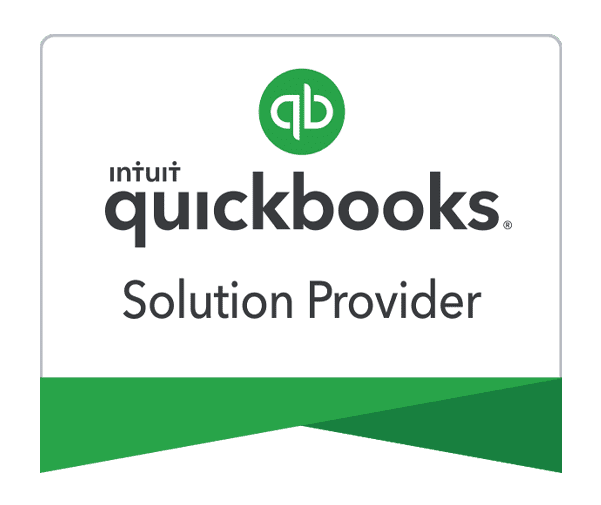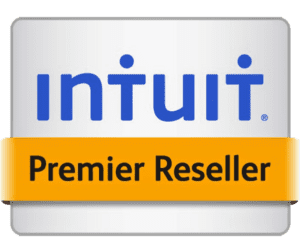Just register for the free trial below and we will send you everything you need to evaluate QuickBooks Online including 30-day access, the full 76-page QuickBooks Online Guide (details everything that you can do in the software) plus the video training library. Free end-to-end consultation and support are included so if you need any help along the way, just let us know!

Paygration, Inc.
When a check from a customer bounces, it can have a significant impact on your business, affecting cash flow, financial records, and customer relationships. It’s important to promptly address bounced checks to minimize these effects. QuickBooks Online provides helpful tools to help you manage bounced checks while streamlining the reconciliation process.
In this article, we will explore how to effectively manage bounced checks from customers in QuickBooks Online.
Setting Up Proper Payment Processing in QuickBooks Online
To manage bounced checks effectively, start by ensuring your QuickBooks Online account is properly set up for payment processing. Integrate your bank accounts and payment gateways with QuickBooks to enable seamless recording of transactions and accurate tracking of payments.
If you would like to try the full version of QuickBooks Online Advanced, click here to get a free 30-day no-commitment trial plus access to the full video training library.
Recording Bounced Checks in QuickBooks Online
Step 1: Enter the decrease in bank balance
When a customer’s check bounces, the first step is to record the decrease in your bank balance within QuickBooks Online. To do this, select the “+ New” button at the top of the left menu bar and then click “Expense” under the “Vendors” column.
Recording the decrease in your bank balance for the bounced check in QuickBooks
Within the expense entry form, provide the required details, such as the payee (the customer whose check bounced), the payment account (the bank account where the check was deposited), the payment date, and the payment method. Specify the category as “Accounts Receivable,” indicating the amount owed by the customer. Provide a brief description explaining the entry’s purpose and enter the amount of the bounced check.
Step 2: Locate the original invoice and reopen it
Next, reopen the original invoice associated with the bounced check. To do this, navigate to the “Customers” menu and locate the customer whose check bounced. Click on the customer’s name to access a list of their transactions. Look for the original invoice and payment received associated with the bounced check. To reopen the invoice, deselect the invoice and select the box next to the newly created check.
Step 3: Record the Non-Sufficient Funds (NSF)
The next step is recording the NSF fee charged by your bank. Click on the “Products and Services” section and create a new service item named “NSF Fee” or a similar name. Specify details such as the sales price/rate (the amount charged to customers), the income account for fee collection, and any applicable descriptions.
Recording the NSF fee charged by your bank for the bounced check in QuickBooks
Next, record the NSF fee expense by accessing the “+ New” button and selecting “Expense.” Include essential information, such as the payee (your bank or “Add New” if not set up), the payment account, payment date, payment method (“Cash”), and the previously created NSF Fee service item. If applicable, mark the expense as “Billable” and select the customer whose check bounced.
Optionally, you can bill the customer for the NSF fee by creating a new invoice. Click on “+ New” and select “Invoice” under “Customers.” Input the customer’s name, and a list of billable expenses will appear. Locate the NSF fee and add it to the invoice, which will automatically populate the billing details.
Wrap Up
Effectively managing bounced checks from customers is a critical aspect of maintaining a strong financial foundation for your business. QuickBooks Online empowers provides you with the tools and features you need to streamline the entire process, from recording bounced checks to reconciliation, communication, and collections.
















